In December 2022, Shanghai welcomed the Start Museum, guided by the ‘Xing’ (star in Chinese) theme. Director He Juxing and his team crafted four inaugural exhibitions and a series of Genealogy Study of Artists for the museum, focusing on the global contemporary art scene from the 1960s to today, all from a Chinese perspective. Start Museum shines as a cultural gem, offering a unique perspective on contemporary art, all within the vibrant heart of Shanghai.
As the founder of the Start Museum, He Juxing has positioned himself as a coordinator, a researcher, and a curator, maintaining a close network among the office, the artists’ studios, and the museum. On the occasion of the opening of their second season of exhibitions, LARRY’S LIST interviewed the museum founder and art collector He Juxing about his art collecting journey over four decades, the concept of the current Season 2 exhibitions, the relationship between the museum and Shanghai, as well as his visions for the museum.
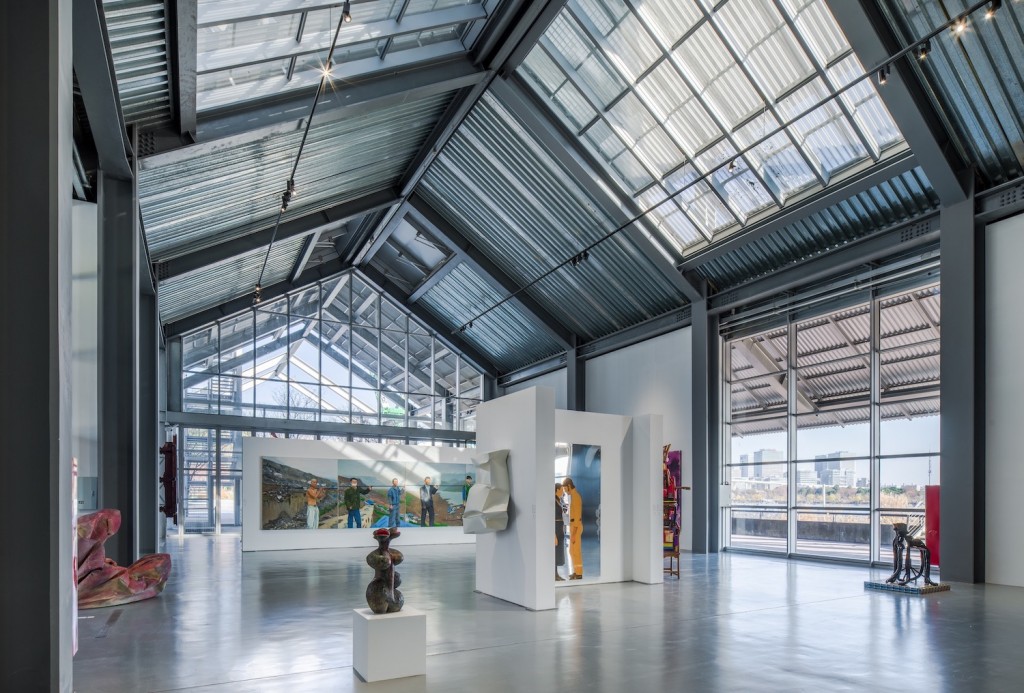
You once said in an interview that the mission of opening a contemporary art museum in China is to “re-understand the fundamental questions of what art is, who the artists are, and what the role of art should play.” As the Start Museum enters its second chapter, do you have any new thoughts about these issues when running the museum? How did the four inaugural exhibitions change the museum’s perspective?
The first inaugural exhibition is more towards on “opening” rather than “collection”. Indeed, I believe that collecting art is a cognitive rehearsal, and Start Museum represent my attitudes with the exhibitions.
The first inaugural exhibition retraces the international contemporary art scene since the 1960s through the representative works of 85 artists, and this historical perspective is one of the directions of our museum.
The inaugural exhibition season 2, is titled “Thus Spoke the Moment”. It has listed a series of works exploring the concept of freedom by 21 very important artists. I have been studying the meaning of freedom since my college days in the 1980s. I believe that “moment” is the cycle of freedom from birth to death. However, art still needs to devour freedom in order to reflect humanity.
We are currently working on next year’s programme. The third and fourth seasons will be completed by next year, and will be titled “Boundary” and “Shanghai with Gold Pavement”. “Boundary”discusses the idea that artists, like warriors, dedicate their lives to chasing the end of art, by breaking through boundaries. There are boundaries of concepts, ideas, and even technology, materials, and forms. “Shanghai with Gold Pavement” is more of a reboot, and I would like to leave a little bit of mystery. Wait till next fall, when we will unveil it together.

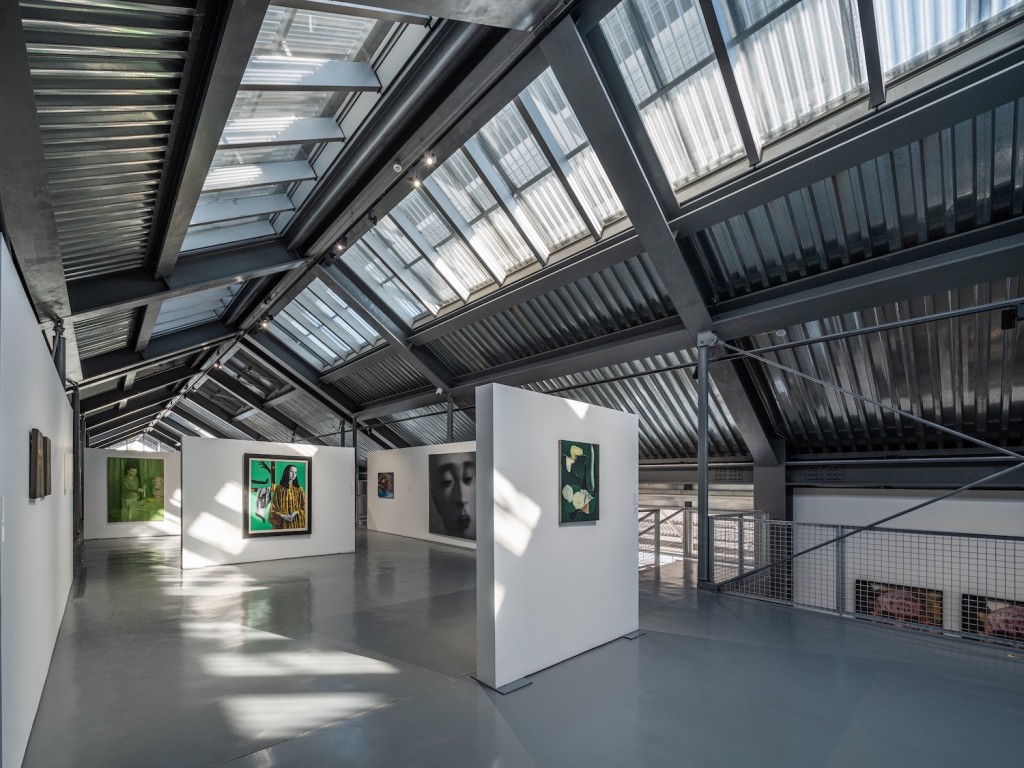
Your art collection follows a system based on Chinese contemporary art and international contemporary art from the 1960s onwards, with specific and subtle choices of works to further understand the facets of the grand narrative. How do you compare Chinese artists and international artists on a specific level? How did you choose artists when curating “Thus Spoke the Moment”?
It was not easy for me to understand the broad Chinese and Western contemporary art with my personal collection. It may not be a generalization, but I may be overlooking the fact that collectors are more often than not likely to vote with capital. Whether it is for research purposes or as an art museum organization, the so-called “impartiality” will be a criterion.
However, I have done researches on Chinese and Western contemporary art for over 40 years. You can see that in my collection, which could be voted by capital, I still maintain my desire to break through culture. And now that I represent an art museum in Shanghai, it is more important for me to stand in China’s perspective and look at the world at the same time. More specifically, the art movements since the 1960s can be the foothold of my research because this interval is especially clear and familiar to me as well as Start Museum.
To go further on this aspect, why contemporary art specifically?
The post-war human world, cities, families and hearts were broken. The world needed to be rebuilt. However, not only on a military level, but also politicians, scientists and so on, had done harm to the world. Art, then, may be a remedy to heal hearts and wounds and restore faith. This is one way of clarifying the reason why movies, music, literature, art, etc. have shown a blowout explosion since 1960s.
From China’s perspective, the ideological concepts at that time are also of great value to study, if measured in a longer time and space. What’s more, in China in the 1960s, 1970s, 1980s and 1990s, the practice of artists as intellectuals had a very common personality, and thus was interesting, and worthy of more in-depth comparisons and studies.
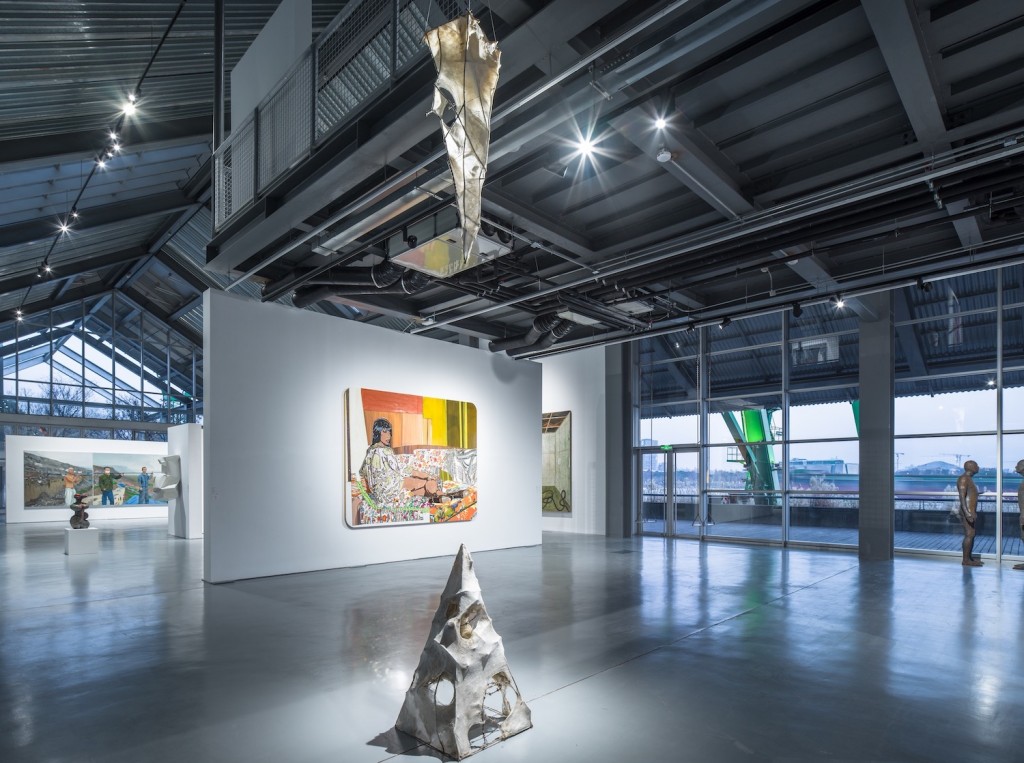
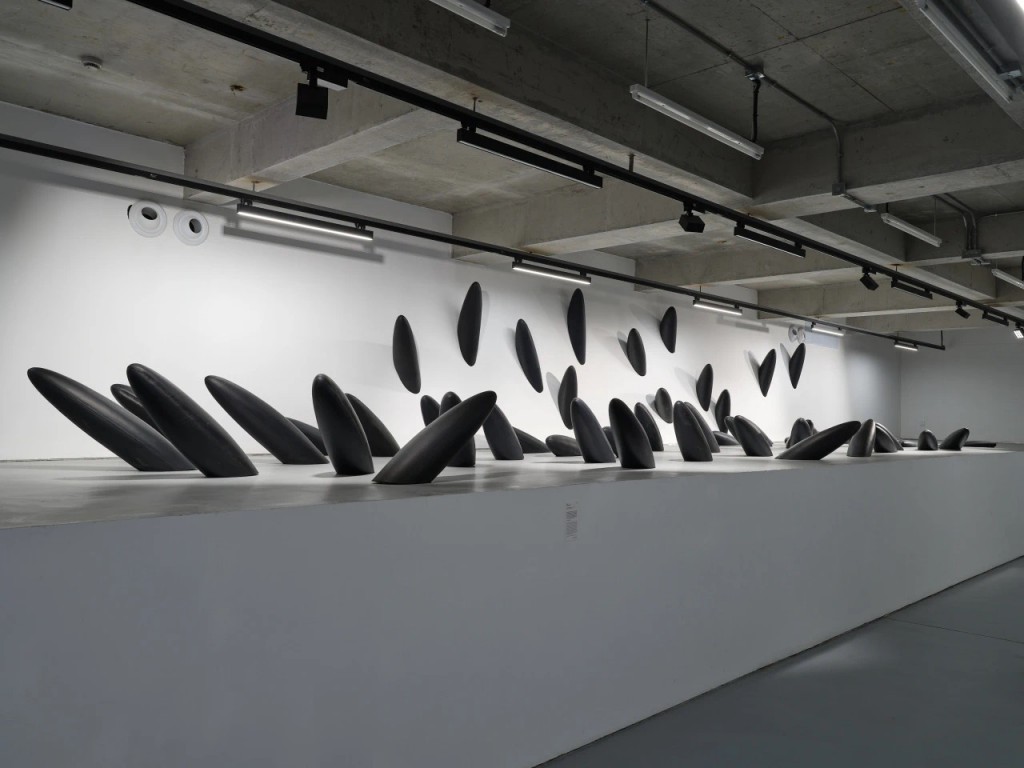
You mentioned that the works made by Chinese contemporary artists carry the pioneering expression of intellectuals who are trying to escape the dilemma of traditional Chinese culture on a cultural level. How does your collection expand on the basis of “intellectualism”? Is it not a coincidence that the identities of artists and cultural intellectuals coincide in China?
From 2006 to 2011, I led the Yan Huang Art Museum and Minsheng Art Museum in Beijing, serving as the director of both museums. At the Yan Huang Art Museum, I relaunched a series of exhibitions discussing the modernity of contemporary Chinese art against the backdrop of traditional Chinese painting. After I founded the Minsheng Art Museum, I made it my top priority to organize the history of Chinese contemporary art. From that time until today’s Start Museum, these establishments have taken up more than ten years of my life, which should be characterized by a kind of intellectual sentiment towards Chinese culture. My personal collection must also have such a cultural personality.
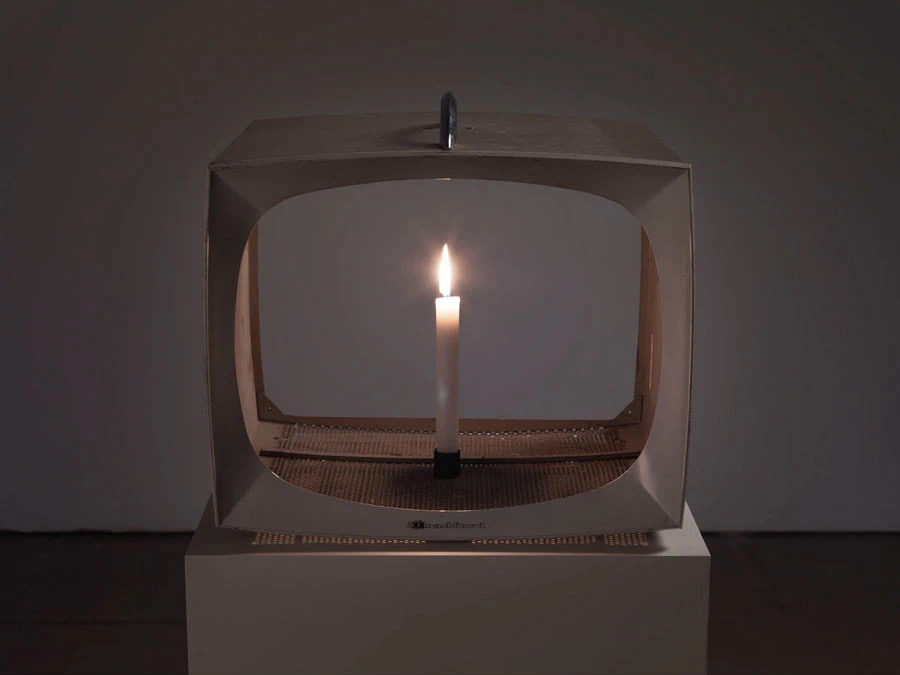
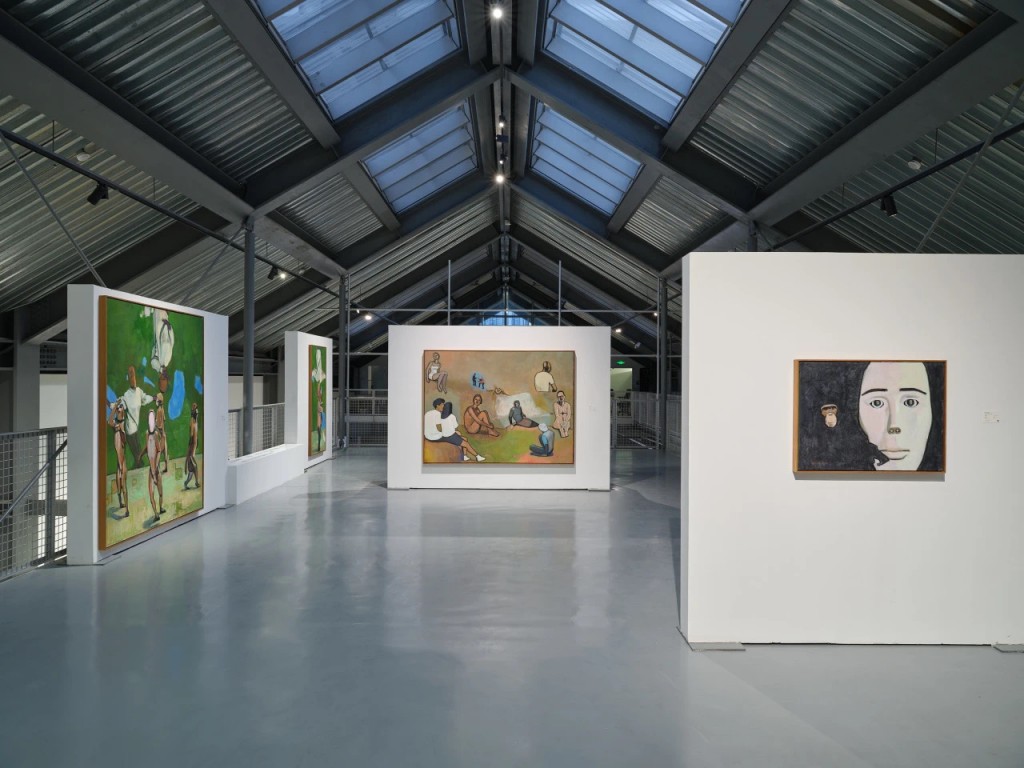
How does your collection interact with Start Museum’s exhibition and research system?
The collection is a way of examining our research threads. We have already seen many exhibitions of Chinese contemporary art presented by international museums. This kind of “addition” is like adding one more guest to someone else’s banquet. The institutional mission of Start Museum is to view art through the lens of contemporary history and culture. The difference being that we are in Shanghai, China, a volume of book that has yet to be opened and written, and it will take generations for the museum to complete.
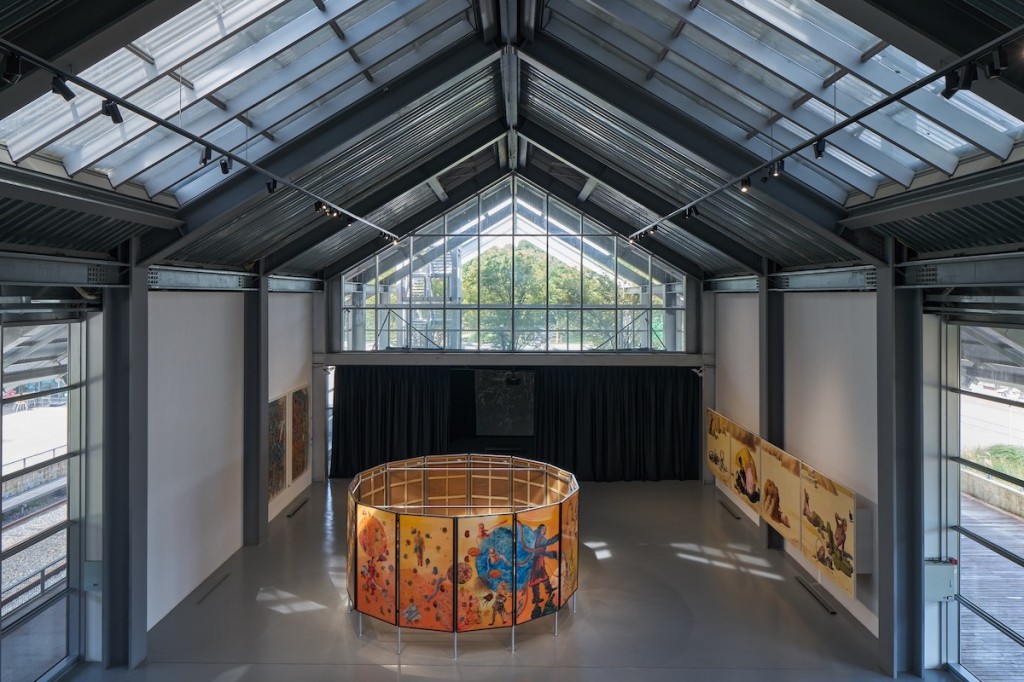
The relationship between Start Museum and the city of Shanghai is also an interesting topic. As one of the earliest private art museums on the Westbund, what is the relationship between the museum and Shanghai? Are there any interesting stories behind?
Start Museum grew out of the city of Shanghai. I often tell my team that, as an art museum, we have to pass by the city people like water, and look to the very far borders like an eagle, especially the borders of concepts. We have a long-term blueprint for our artist programme, opening exhibitions and so on, to plan for audiences in China and around the world what they will see.
This is also a museum that allowed architect Jean Nouvel to realize his dream. Jean Nouvel and us shared a common stance of respecting art and respecting locality. We hit it off right away on the edge of the Westbund. The museum and the architectural team have worked hard for the past eight years to turn this former train station into an art space it is today.
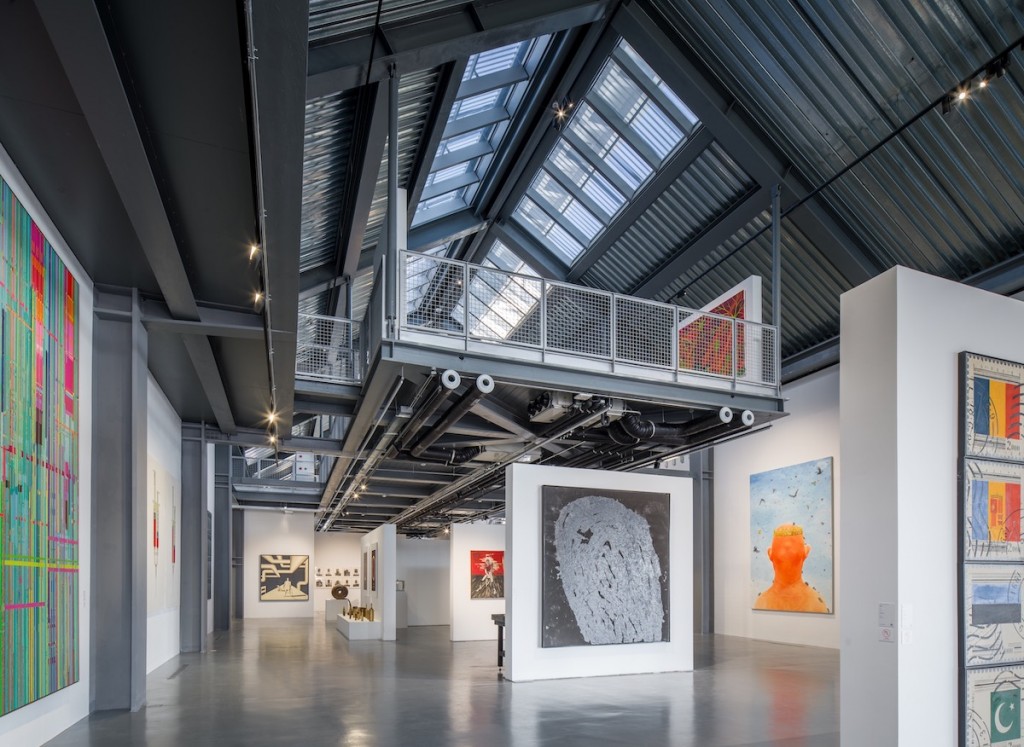
What are your visions for Start Museum?
We hope to add more digital content on the basis of the existing exhibitions, and organize some discussions and exchanges with different industries as the entry point, which is the “Long Table Conference” project we are planning for the future. Of course, the exhibition is still the most important part for us; in the future, we want to do more breakthroughs so that Chinese artists and their works could participate in more international art stages.

Related: Start Museum
Instagram: @startmuseum





